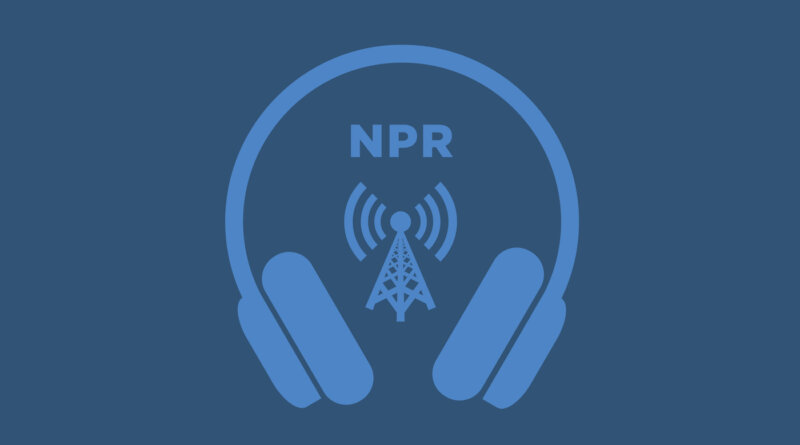Officials are monitoring for sick birds at a lake in California’s Central Valley : NPR
Officials are trying to contain an outbreak of avian botulism at Tulare Lake, which refilled this year due to California’s extreme precipitation.
MICHEL MARTIN, HOST:
A long dried lake in California’s Central Valley refilled earlier this year due to massive amounts of melted snow and rain. That created a new wetland for birds in a place where wetlands have steeply declined. But now birds face a deadly threat in Tulare Lake, avian botulism. From KVPR, Joshua Yeager reports on local efforts to prevent a massive die off.
JOSHUA YEAGER, BYLINE: Evan King, who’s a biologist, revs the engine of an airboat and launches it from a crumbling levee into Tulare Lake.
EVAN KING: All right, clear.
(SOUNDBITE OF ENGINE REVVING)
YEAGER: The water covers miles of former farmland and stretches as far as the eye can see. King works for the California Department of Fish and Wildlife, and he’s out here today looking for sick birds.
KING: The classic look at a bird that’s infected by botulism right there.
YEAGER: He points to a cinnamon teal duck whose head droops close to the water. One of the main symptoms he’s looking for is signs of paralysis.
KING: Inability to fly, skirting across the water like that.
YEAGER: Botulism paralyzes the birds from the bottom up. First, it robs them of their ability to fly and then to breathe. The bacteria that causes avian botulism occurs naturally in the soil here. This strain only affects birds. And the warm, stagnant lake water allows the bacteria to grow.
(SOUNDBITE OF ENGINE REVVING)
YEAGER: King steers the boat close to the duck so his assistant, Christian Alderson, can scoop it up in a net.
KING: Coming right at you, right at you. Nice.
YEAGER: Crews have plucked about a thousand birds out of the lake since late August. And this isn’t the first botulism outbreak at Tulare Lake. When it last filled to this level in 1983, 30,000 birds died.
ANDREW FARNSWORTH: When you lose 30,000 or 40,000 in a particular place, that’s a lot.
YEAGER: Andrew Farnsworth is a researcher with the Cornell Lab of Ornithology. He says when birds get botulism and they’re all crowded together, like at Tulare Lake, that can make an outbreak worse. Lots of migrating birds are using the lake as a rest stop on the so-called Pacific Flyway, which stretches from Alaska to the tip of South America. It’s more crowded because many wetlands in California have disappeared, by some counts, 90%.
FARNSWORTH: That puts these wetland birds that need the water resources in those habitats in an extremely bad position.
YEAGER: Farnsworth says North American bird populations have also dropped by over a quarter in the last 50 years. And a major outbreak at Tulare Lake could have big consequences for species that are already struggling.
FARNSWORTH: It’s something we really need to watch carefully.
YEAGER: So far, though, the rescue efforts seem to be helping. Three thousand birds have died, but the rate has dropped since they started. In addition to clearing away the dead birds so they don’t become a vector for infection, a group of veterinarians has also been trying to nurse sick birds back to health.
JAMIE SHERMAN: It’s one of those things that sometimes has to just work its way out of that. The treatment is providing them supportive care.
YEAGER: Jamie Sherman is one of the vets who helped convert a house near the lake into a bird hospital.
SHERMAN: So this team right now is actually grabbing their first bird.
YEAGER: Vets cradle tiny birds in blankets and give them nutrients and water through feeding tubes. The threat of this outbreak should diminish as the weather cools, but rescuers fear an even larger outbreak next spring, especially if El Nino dumps more water across the region.
For NPR News, I’m Joshua Yeager at Tulare Lake.
Copyright © 2023 NPR. All rights reserved. Visit our website terms of use and permissions pages at www.npr.org for further information.
NPR transcripts are created on a rush deadline by an NPR contractor. This text may not be in its final form and may be updated or revised in the future. Accuracy and availability may vary. The authoritative record of NPR’s programming is the audio record.




